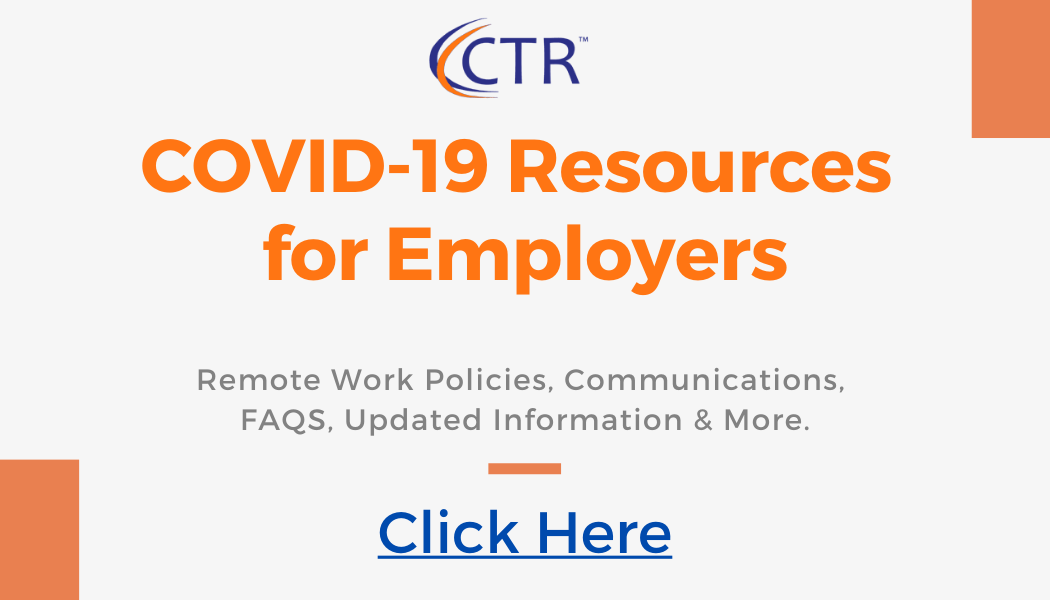The PPP Flexibility Act (PPPFA) was signed into law by President Trump on January 5, 2020. Today the SBA and Department of Treasury have announced the publication of their 19th Interim Final Rule. Additionally, the SBA and the Department of Treasury have published a revised full loan forgiveness application and a more simplified EZ Version for businesses that meet certain qualifications.
Here are some key highlights:
- Certain changes are retroactive- Changes related to the deferral of PPP loan payments and the forgiveness of PPP loans are retroactive. The extension of the loan maturity date from two to five years, as enacted by the PPPFA, will take effect on June 5, 2020. Lenders and borrowers may mutually agree to modify PPP loans made before June 5, 2020.
- Deadline to apply for PPP loans is still June 30, 2020- The SBA clarified that the new Interim Final rule will go into effect immediately because it was necessary to provide further clarification to borrowers because the last day a lender can obtain an SBA loan number is June 30, 2020.
- “Covered Period” revised- Pursuant to the PPPFA, the new Interim Final Rule extends the covered period to December 31, 2020.
- Adoption of new 60% rule- Pursuant to the PPPFA, the portion of PPP loan proceeds that must be used for payroll costs is reduced from 75% to 60% for the full amount of the PPP loan to be eligible for forgiveness. An interim rule published on June 11, 2020 clarified that this rule shall be interpreted as a proportional limit on nonpayroll costs as a share of the loan forgiveness amount, meaning if you don’t meet the 60% you may still obtain partial loan forgiveness.
- Clarification of payroll costs eligible for forgiveness: If your loan was made before June 5, 2020 you may elect to use the 8-week covered period following loan disbursement or the new 24-week period enacted by the PPPFA. Payroll costs include salary, wages, and tips up to $100,000 of annualized pay per employee. If you choose the 24-week period, you have a maximum of $46,154 per employee. If you choose the 8-week period, it is a maximum of $15,385 per employee. Payroll costs include covered benefits for employees (but not owners), including health care expenses, retirement contributions, and state taxes imposed on employee payroll paid by the employer (such as unemployment insurance premiums).
- Clarification on owner compensation replacement: Owner compensation replacement for self-employed individuals who file a Schedule C or F is calculated using 8-weeks’ worth (8/52) of 2019 net profit (up to $15,385) for an 8-week covered period or 2.5 months’ worth (2.5/12) of 2019 net profit (up to $20,833) for a 24-week covered period, but excluding any FFCRA leave for which a credit is claimed. The SBA stated this limit was placed to prevent windfalls that Congress did not intend for business owners.
- Revised new EZ version of the loan forgiveness application: The SBA and Department of Treasury released a new EZ Version of the loan forgiveness application for borrowers that meet certain criteria such as self-employed borrowers, employers who did not reduce salaries or wages of their employees by more than 25% and did not reduce the number of hours of employees, or businesses impacted by COVID-19 health directives that meet certain conditions.
We will continue to keep you updated on any further developments related PPP loan forgiveness. For more detailed information, register for our PPP Loan Revamp Webinar scheduled for Tuesday June 23 at 11am. Please click here to register.


